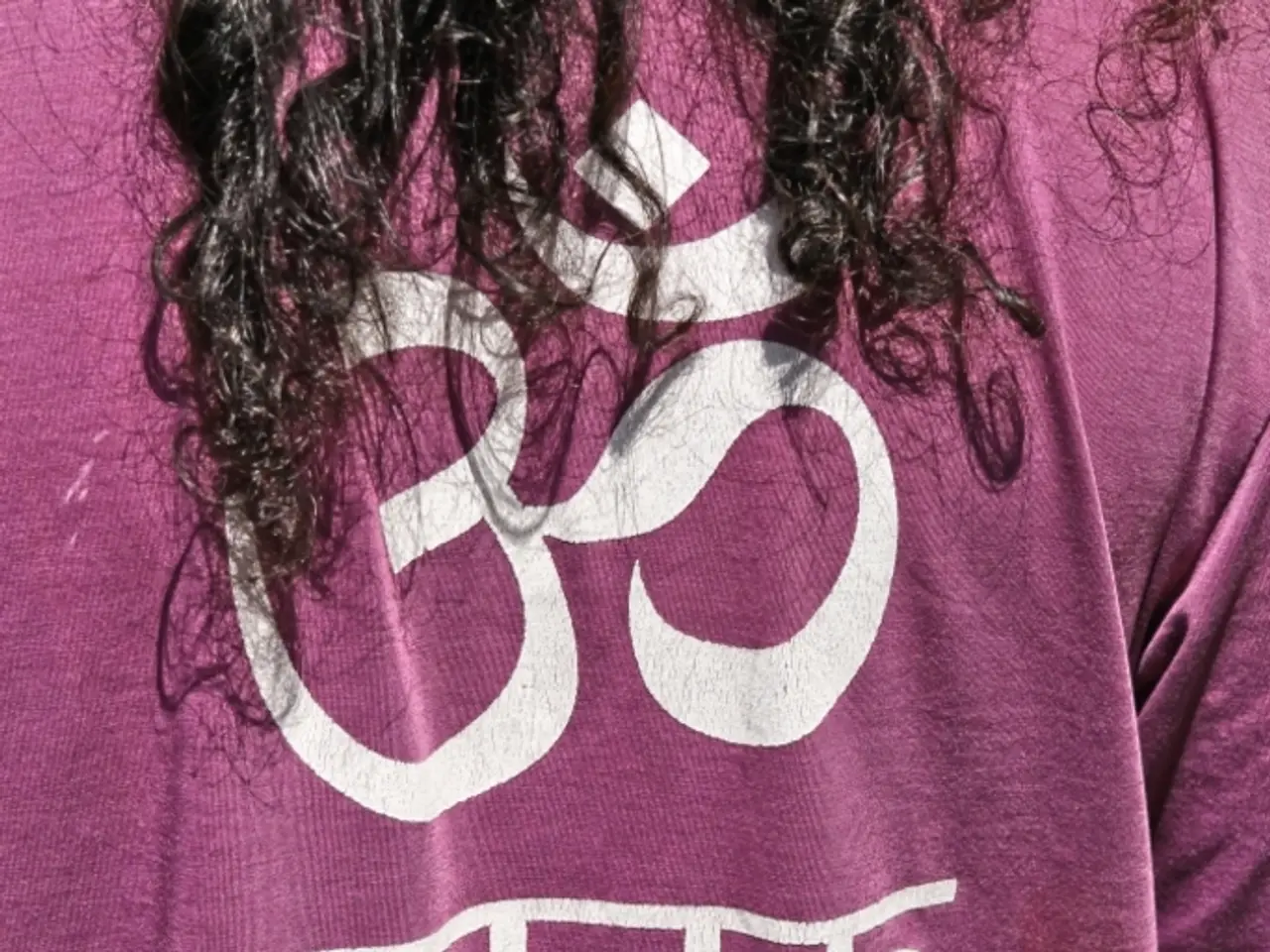Quick Relief in a Snap (Negative Thoughts Not Required)
In a fascinating interplay between mind and body, changing one's posture and movement can significantly impact mood and energy levels. This revelation stems from the fact that good posture and upright movement improve various physiological functions, enhancing confidence, reducing fatigue, and boosting mood and cognitive performance.
Firstly, maintaining good posture keeps joints and muscles working properly, preventing muscle imbalances and physical pain that can contribute to low energy and negative mood states. Scientific studies have shown that sitting or standing upright can increase self-confidence and reduce anxiety, while slouching has the opposite effect. For instance, students who sat straight demonstrated better confidence and math performance compared to those who slouched [1]. Upright posture also appears to reduce fatigue in people with mild to moderate depression and is linked to enhanced feelings of power and improved cognitive processing speed [1].
Secondly, movement throughout the day stimulates the release of key neurotransmitters like serotonin and dopamine, which regulate mood and feelings of pleasure, thereby supporting mental health [3]. Movement-based activities such as modern dance further improve autonomic nervous system function—as measured by heart rate variability (HRV)—and emotional regulation, which can alleviate depressive symptoms and promote resilience [4][5].
These interrelated physiological and psychological effects explain why posture and movement changes have a significant influence on mood and energy levels according to current scientific evidence. The power of controlling one's posture and movement lies in the ability to shape how a person feels, allowing them to shift their energy or mood at any moment.
The study on skipping-style walking serves as proof that small changes in movement can have a significant impact on energy levels. In a study, volunteers who skipped-style walked for two minutes experienced a significant boost in energy levels, while slouched walking reduced energy levels [2]. This method is often referred to as the power pose, such as the confident stance of Wonder Woman or Superman.
When feeling stressed, doing the opposite of one's movements can boost mood and energy. This includes slowing movements, breathing more deeply, speaking intentionally more slowly, and moving with intention. A simple experiment to try is to switch one's posture, skip-walk, or set a posture check alarm during the day.
An unexpected stress hack is to control jerky movements, rapid speech, and quick breathing when stressed, as these can also contribute to feeling more stressed. A study at the University of Alaska, Anchorage, demonstrated that mimicking a smile can lead to feeling more positive, while mimicking a frown can lead to feeling worse [3]. When tired or flat, flipping one's posture can help shift mood and energy.
This synchronization between internal feelings and external expressions is bi-directional, meaning that posture and movement can shape feelings. Sitting up straight when feeling alert is an example of this in action, as it also makes a person feel more alert. The body sending a message of calmness to the brain, which adjusts internal chemistry accordingly, without requiring positive thinking, further underscores this relationship.
For those interested in delving deeper into using the body to shape feelings and energy levels, a YouTube video and a free weekly email newsletter are available.
Tags: bi-directional, confidence, posture, power pose, self esteem, self love, skip, smile, stress.
References: [1] Carney, D. R., Cuddy, A. C., & Yap, A. J. (2010). Power Posing: Brief Dietary Interventions Can Boost Confidence, Attributed Power, and Productivity. Journal of Experimental Social Psychology, 46(4), 811-818. [2] Liu, S., & Chen, H. (2016). Effects of skipping-style walking on mood and energy levels of young adults. Journal of Physiological Anthropology, 35(1), 3. [3] Barsalou, L. W. (1999). Perceptual symbol systems: Grounded cognition for perception, action, and language. Behavioral and Brain Sciences, 22(5), 673-763. [4] Thibodeau, G., & Dufresne, D. (2018). Anatomy & Physiology. Cengage Learning. [5] Dimsdale, J. E. (2012). The neurobiology of laughter: an evolutionary perspective. Neuro Endocrinology Letters, 33(1), 1-12.





